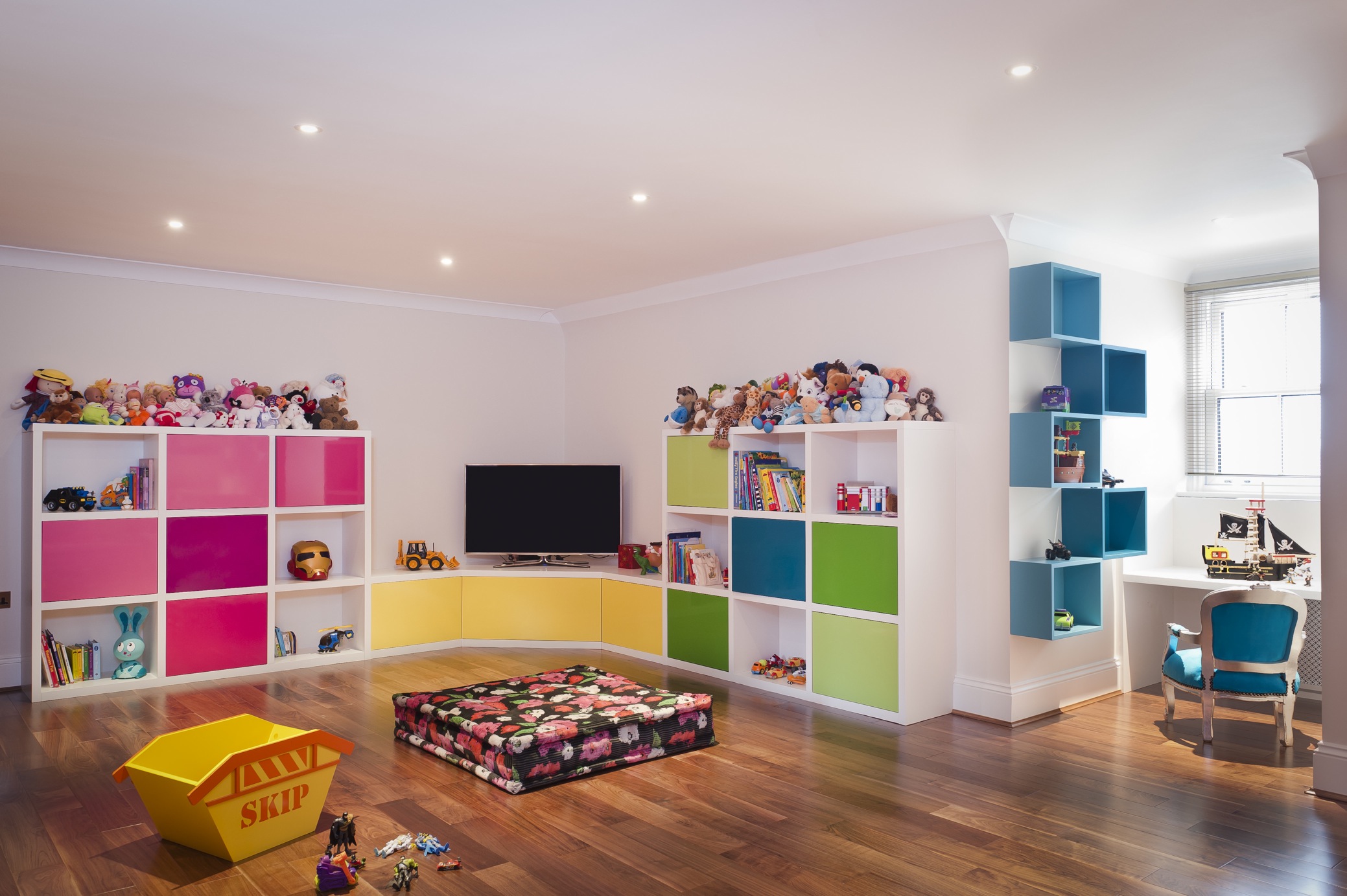
Introduction
Designing a stylish yet child-friendly space can be a challenging task for parents. On one hand, you want to create a space that reflects your personal style and aesthetics, but on the other hand, you need to consider the safety and functionality aspects for your kids. Balancing these two elements can seem daunting, but with the right approach, you can create a space that is both visually appealing and suitable for children. In this article, we will explore various tips and ideas to help you design stylish yet child-friendly spaces for your kids.
Understanding the Needs of Children

Before diving into the world of design, it is essential to understand the needs and preferences of children. Kids have a different perspective and interact with their surroundings in unique ways. By considering their needs, you can create a space that is not only safe but also encourages their growth, creativity, and independence.
1. Safety First

The safety of your children should be the primary concern when designing their space. Here are some key safety considerations:
- Furniture: Choose furniture pieces with rounded edges to prevent injuries. Avoid furniture with small parts or sharp corners that could be hazardous to children.
- Electrical Outlets: Install outlet covers and use cord organizers to keep electrical cords out of reach.
- Window Treatments: Opt for cordless window treatments or ensure that cords are properly secured and out of reach of children.
- Storage: Use childproof locks on cabinets and drawers to prevent accidental access to hazardous items.
2. Durability and Ease of Cleaning

Children can be messy, and their spaces should be designed with this in mind. Consider the following when selecting materials and finishes:
- Flooring: Choose durable and easy-to-clean flooring options, such as hardwood or laminate, that can withstand spills and stains.
- Walls: Opt for washable and stain-resistant paint or wallpaper that can be easily cleaned.
- Furniture: Select furniture made from materials that can be wiped clean, such as leather or vinyl.
3. Age-Appropriate Design

Designing a child-friendly space also involves considering the age of your children. Different age groups have varying needs and interests. Here are some age-appropriate design ideas:
- Infants and Toddlers: Focus on creating a safe and stimulating environment with soft surfaces, interactive toys, and colorful artwork.
- Preschoolers: Incorporate learning and play areas, such as a chalkboard wall or a reading nook, to encourage their creativity and imagination.
- Elementary School Kids: Provide ample storage for their toys and books, and create dedicated study spaces to support their learning.
- Teenagers: Involve them in the design process and create a space that reflects their evolving tastes and interests.
Designing a Stylish and Child-Friendly Space

Now that we understand the needs of children, let's explore some practical tips and ideas to design a stylish yet child-friendly space:
1. Consider Multifunctional Furniture

One way to optimize space and functionality is by incorporating multifunctional furniture. These pieces can serve multiple purposes, such as storage, seating, or even sleeping arrangements. Some examples include:
- Bunk Beds with Storage: Bunk beds with built-in drawers or shelves provide additional storage space for toys, books, and clothes.
- Ottomans with Hidden Storage: Ottomans that double as storage units are practical for hiding away toys and maintaining a clutter-free space.
- Convertible Cribs: Convertible cribs that can transform into toddler beds or daybeds offer long-term functionality as your child grows.
2. Create Zones for Different Activities

Dividing the space into zones can help create a sense of organization and define specific areas for different activities. Consider the following zones:
- Play Zone: Designate an area for play with a soft rug or play mat, storage for toys, and low seating options.
- Study Zone: Create a dedicated study area with a desk, comfortable chair, and adequate lighting to support their learning and homework.
- Reading Nook: Set up a cozy reading nook with a comfortable chair or bean bag, a bookshelf, and good lighting for quiet reading time.
- Sleeping Zone: Ensure that the sleeping area is comfortable, calming, and free from distractions.
3. Incorporate Child-Friendly Colors and Patterns

The use of colors and patterns can greatly impact the overall aesthetics of a space. When designing for kids, consider the following:
- Bright Colors: Introduce vibrant and cheerful colors to create an energetic and lively atmosphere.
- Gender-Neutral Palettes: Opt for gender-neutral color schemes to create a space that can grow with your child and be easily updated.
- Playful Patterns: Incorporate playful patterns through rugs, curtains, or bedding to add visual interest and stimulate creativity.
4. Design with Storage in Mind

Ample storage is essential in a child-friendly space to keep toys, books, and other items organized. Consider the following storage solutions:
- Open Shelving: Install open shelves to display books, toys, and decorative items, making them easily accessible for children.
- Baskets and Bins: Utilize baskets and bins to corral smaller items and keep the space tidy.
- Underbed Storage: Maximize space by using underbed storage containers to store seasonal clothing, extra bedding, or toys.
Conclusion
Designing stylish yet child-friendly spaces requires a thoughtful approach that considers the safety, functionality, and aesthetics of the space. By understanding the needs of children, incorporating age-appropriate design elements, and following practical tips, you can create a space that is visually appealing, safe, and supports your child's growth and development. Remember to prioritize safety, choose durable materials, and create zones for different activities. With careful planning and attention to detail, you can design a space that both you and your child will love.